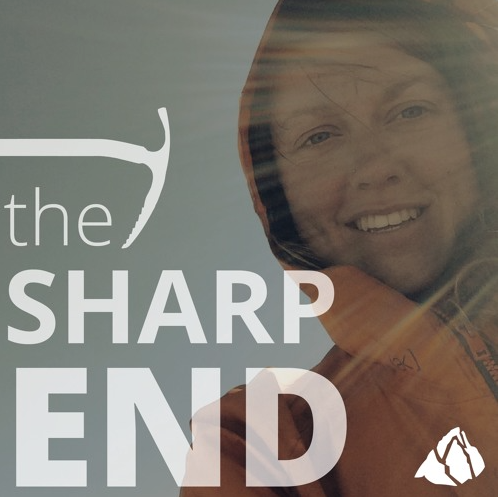Hypothermia and Frostbite — Summit Fever
California, Mt. Shasta, Avalanche Gulch
A 54-year-old, solo male climber attempted a car-to-car climb of Mt. Shasta, starting at midnight on Friday, April 21. He carried a small pack and no overnight equipment. Two local climbers encountered the man high on the mountain on Saturday, April 22. One of the climbers reported to the Mt. Shasta climbing rangers that:
“He was moving so slowly, sometimes on his hands and knees. I asked him if he needed anything. I told him that he didn’t have to go up, but he certainly needed to go down. On my way back down from the summit, he was still only 50 or 60 feet higher. I told him I was a mountain guide and that he should come down the mountain with me. He asked if I thought he could make it to the summit in an hour. I told him it would take him at least four hours, and he’d have to descend in the dark. He absolutely refused to turn around.”
At 4:15 a.m. on Sunday, April 23, Sam Kieckhefer, a guide, was ascending with a client…”when he encountered the distressed climber. He contacted the Siskiyou County Sheriff’s Office and USFS ranger Nick Meyers. The climber had been descending and was at 9,200 feet. He was cold, disoriented, and mildly combative. He was wearing no shoes, socks, or gloves. His equipment was spread out on the slope. In an incident report submitted to the rangers, Kieckhefer wrote:
“The climber was barefoot, feet white and bloody, toenails missing or lifted off the bed. He was holding his phone. Initially I asked him how I could help, and he said he didn’t need help. He believed he was at home and was looking for blankets because he was cold. He was insistent that he did not want us to help him and that he was fine. I would characterize the climber as severely disoriented and borderline combative. My biggest concern was him trying to move because the snow was extremely firm and he was positioned on a slope [creating a fall hazard].
“After notifying 911 of the nature of the emergency and our location, they asked we stay with the climber. I received a call from the Siskiyou County sheriff…to tell me they were aware of our situation and were working on it.
“During/after these two calls, we gathered [the climber’s] boots, socks, gloves, and pack. He was more willing to accept help at this time. We immediately dug a flat platform for him to sit, helped him put his socks and boots on, got him in all of his layers and a few of ours. We also put him in an emergency bivy and gave him water and some food. In this process, we noticed he had a Jetboil and began boiling. After warming a bit, the climber’s awareness improved dramatically, and after about an hour he reported that he was feeling better but could not feel his feet.”
At 7:49 a.m. the distressed climber was helicoptered to safety and treatment.
ANALYSIS
It almost goes without saying that pushing too hard on a mountain can be hazardous to the climber and to those who provide assistance.
Kieckhefer reported that the climber had reached the top of the Red Banks (13,110 feet) at 2 p.m. and reported feeling quite exhausted. Because of the proximity to the summit, he decided to rest, eat, and drink and then push on. He began climbing Misery Hill (13,840 feet) at 3 p.m., and we estimate he summited around 5 p.m. From there, details are unclear, but he obviously became disoriented and hypothermic as he was descending. He was out through the night with no sleeping bag or tent. (Sources: Mt. Shasta Climbing Rangers and Sam Kieckhefer.)

